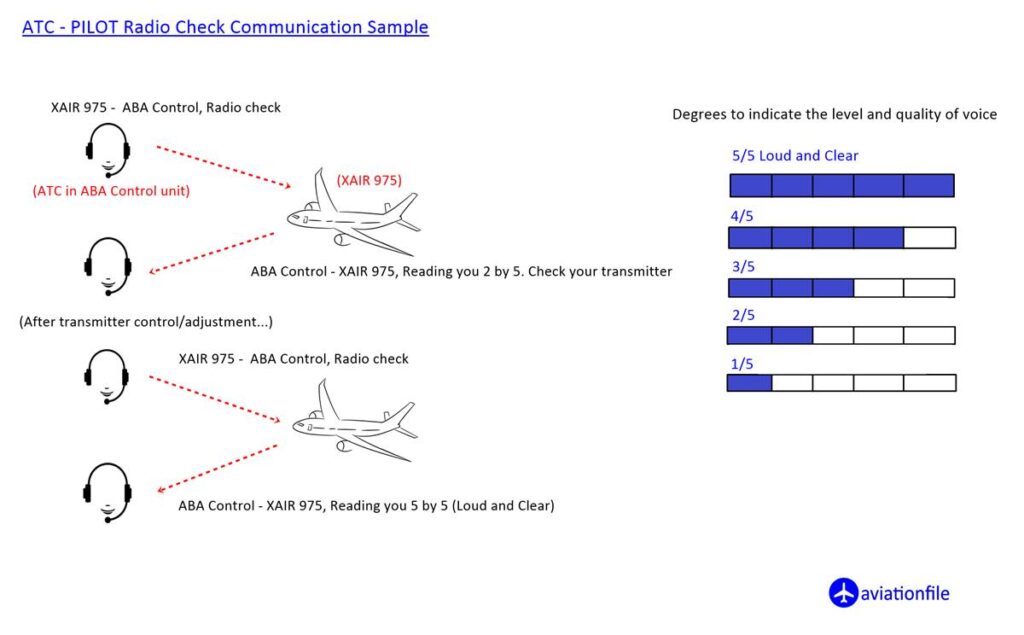Air Traffic Control (ATC) clearance
Air Traffic Control (ATC) clearance is a crucial component of air traffic management. It is a communication procedure that authorizes an aircraft to proceed in a particular manner, route, and altitude within a specific airspace. The clearance is given by an air traffic controller and provides pilots with a standardized set of instructions that help ensure the safe separation of aircraft and efficient flow of air traffic.
According to the Federal Aviation Administration (FAA), ATC clearances are “statements of specific instructions that authorize a pilot to proceed with a flight or portion of a flight.” These instructions may include the route of flight, altitude, speed, and other information necessary for the safe conduct of the flight. The FAA has detailed rules and procedures for ATC clearances in its publications, including the Aeronautical Information Manual (AIM) and the Air Traffic Control Handbook.
The clearance is typically given by the air traffic controller before an aircraft departs or as it approaches a controlled airspace. The pilot must read back the clearance to confirm that they understand the instructions correctly. If the clearance is unclear or the pilot cannot comply with the instructions, they must inform the controller and ask for clarification or an alternative clearance.
ATC clearances are essential for ensuring the safe and efficient flow of air traffic. They help prevent collisions between aircraft and ensure that each aircraft has a clear path to its destination. In addition, ATC clearances help optimize the use of airspace, reduce delays, and minimize fuel consumption.
Skybrary, a collaborative knowledge management system for aviation safety, highlights the importance of clear communication between pilots and air traffic controllers when it comes to ATC clearances. The system notes that the clearance must be read back correctly and that pilots should ask for clarification if they are unsure about any aspect of the clearance. Skybrary also emphasizes the importance of timely and accurate transmission of clearances to avoid confusion and potential safety hazards.

In conclusion, ATC clearance is a critical element of air traffic management, ensuring the safe and efficient flow of air traffic. The FAA has detailed rules and procedures for ATC clearances, while Skybrary emphasizes the importance of clear communication between pilots and air traffic controllers. By following these procedures and maintaining clear communication, pilots and air traffic controllers can work together to ensure the safety of everyone involved in air travel.
References:
- Federal Aviation Administration. (2021). Aeronautical Information Manual. Retrieved from https://www.faa.gov/air_traffic/publications/atpubs/aim_html/
- Federal Aviation Administration. (2018). Air Traffic Control Handbook. Retrieved from https://www.faa.gov/documentLibrary/media/Advisory_Circular/ATC.pdf
- Skybrary. (n.d.). Air Traffic Control Clearance. Retrieved from https://www.skybrary.aero/index.php/Air_Traffic_Control_Clearance


